Victoria Dam

Built in 1891, Victoria Dam was the first dam to be constructed in Western Australia, to serve the adjacent hills suburbs of Lesmurdie and Kalamunda, as well as Perth metropolitan area in times of peak demand.
Victoria Dam became the main supply of drinking water for Perth and Fremantle, replacing wells and other natural sources to accommodate for the growing population.
In 1991, a new dam was constructed a little further upstream from the original dam. It was the first Roller Compacted Concrete (RRC) dam in WA, and the fifth to be built in Australia. RRC combines the advantages of a concrete dam with the efficient plant-intensive methods used to construct earthfill and rockfill dams.
Visitor information
Opening hours
For the latest information on opening times, or assistance during your visit to the dam, please contact 13 13 75.To stay up-to-date on bushfire warnings and other local emergencies, visit Emergency WA.
Things to do at Victoria Dam
![]()
![]()
![]()
![]()
Have a picnic with a view
Take a picnic, make use of the BBQ facilities and enjoy the beautiful surrounds of Korung National Park. Take in the scenic bush from the lookout. Spot black cockatoos and other native wildlife that live in the area. If you visit between May and November you will be able to see the magnificent wildflower display.
A 7km walk trail will take you down to the catchment area. Learn about the area and history of the dam from the informative signs. A section on the walk trail will take you past a preserved section of the old dam wall and kaolin pits which was extracted for use at the brickworks in the 1960's.
Safety information
![]()
![]()
![]()
![]()
![]()
![]()
![]()
![]()
Please follow these simple rules to protect yourself and our water supply.
- Recreational activities are not permitted on the reservoir. An exclusion zone exists around it and the streams flowing into it.
- Keep to the permitted pathways, roads, and recreational areas as shown by the signage.
- Don’t climb walls, fences, bridges, pipework, or other operational infrastructure.
- Keep emergency and operational access gates and roadways clear.
- Don’t operate taps, valves or controls.
Please note: Only pedestrian access to the Reservoir is permitted. There is limited access to the upper carpark which requires visitors to walk to the dam wall and lower public access area. The 7km loop to the catchment area is grade 3 and may contain steep sections and rough terrain, allow 2-3 hours to complete it, wear sun protection and take adequate water.
Learn more about how we work to manage water quality.
Location and directions
- Turn off Canning Road (S41) on to Masonmill Road, Carmel
- From the car park, you can reach the dam via the signposted walk trail
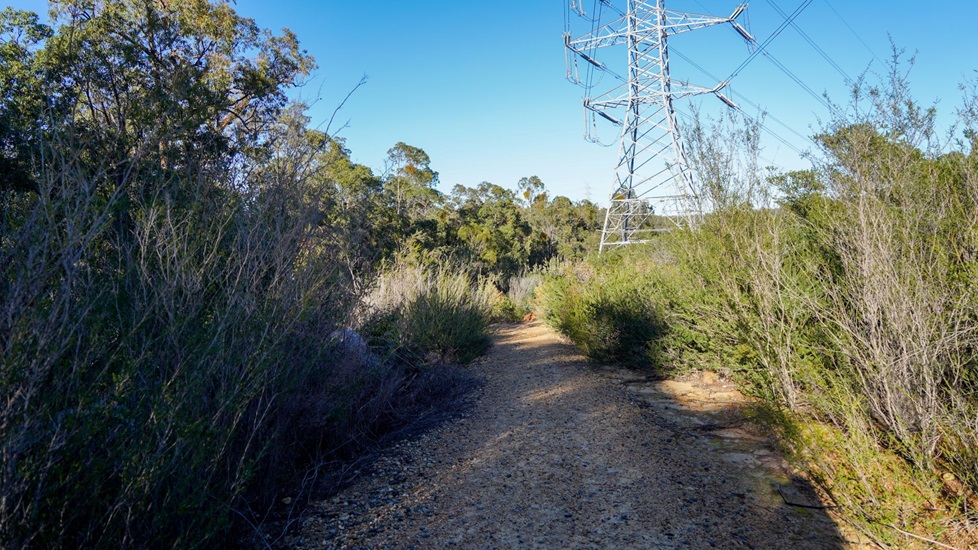
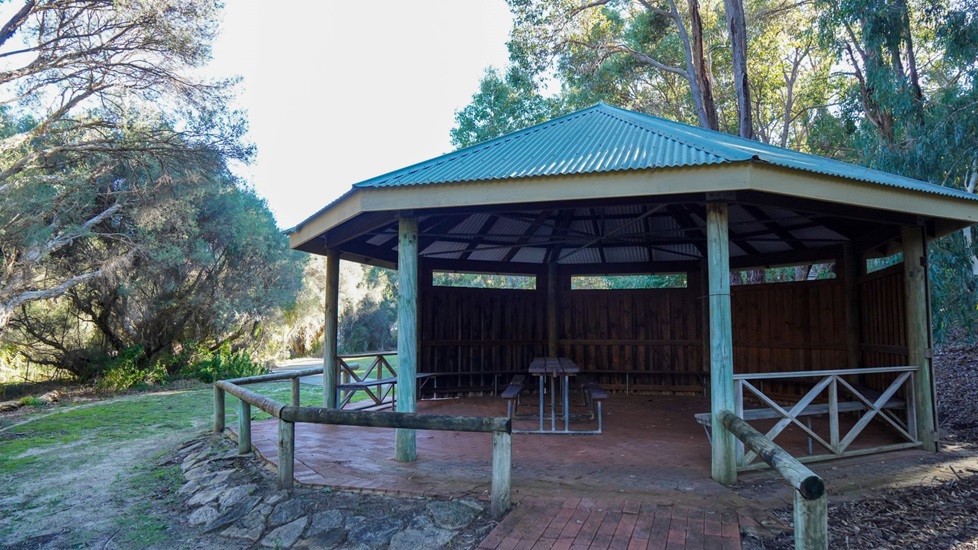
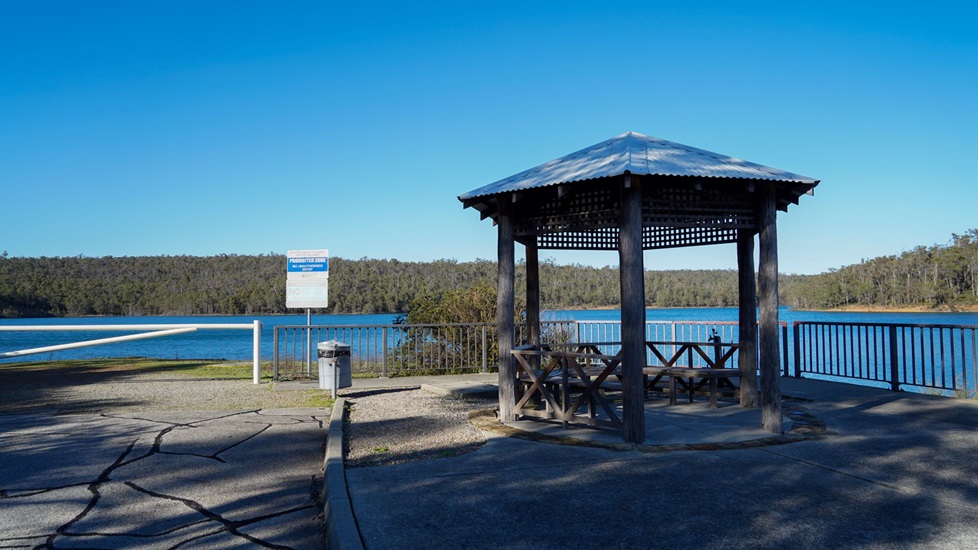
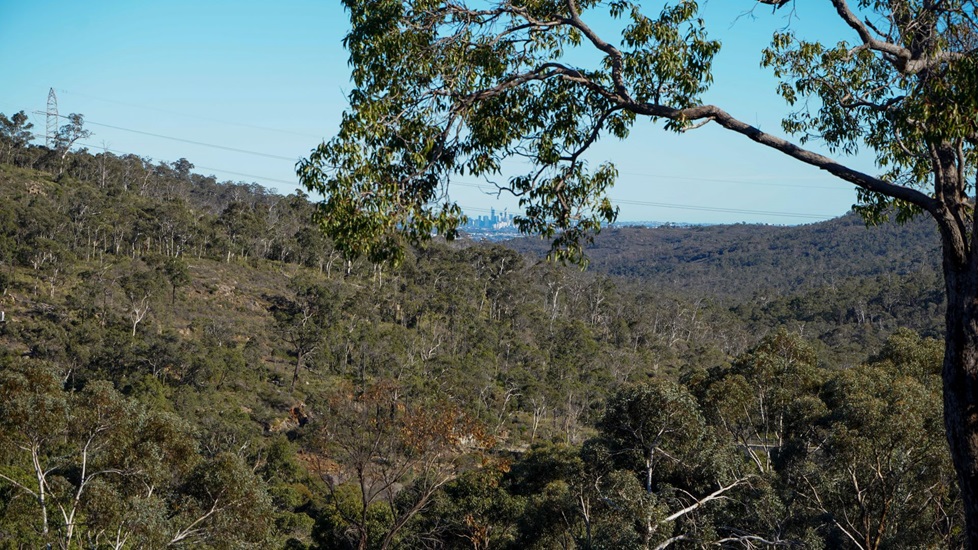
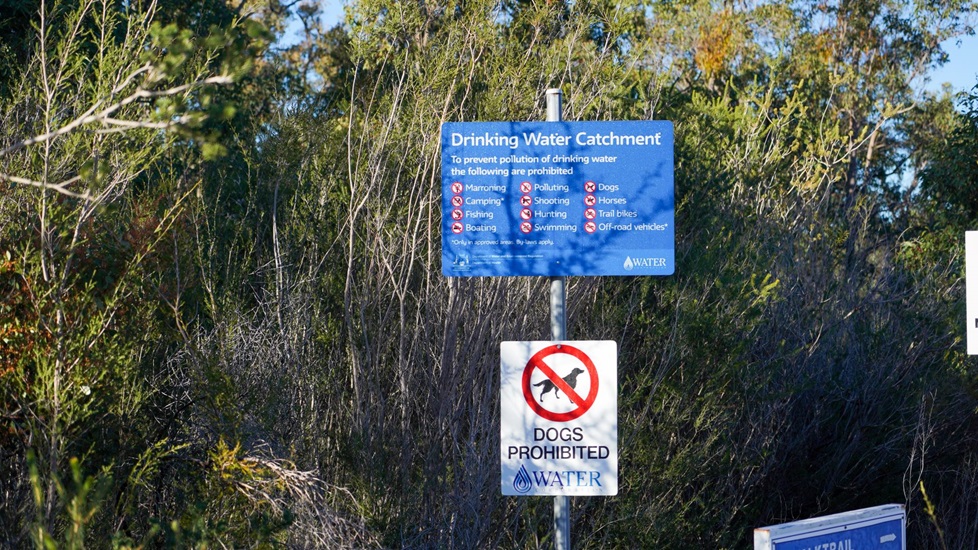
Planning your visit
- Bring enough food and water to stay hydrated while exploring the dam and its surrounds. Make sure to take all your rubbish with you.
- Be prepared for uneven ground or walking hazards by wearing comfortable and appropriate footwear.
- Bring a hat, sunglasses, and sunscreen to protect yourself from the sun.
- Don’t forget to bring your camera to capture the scenery!
There are accessible toilets with ambulant cubicles that are in easy reach of the main car park, which also has designated accessible parking bays.
A bus bay and drop-off points, as well as bike racks, are also located in the lower picnic area.
Please see the map of the facilities for more accessibility information.